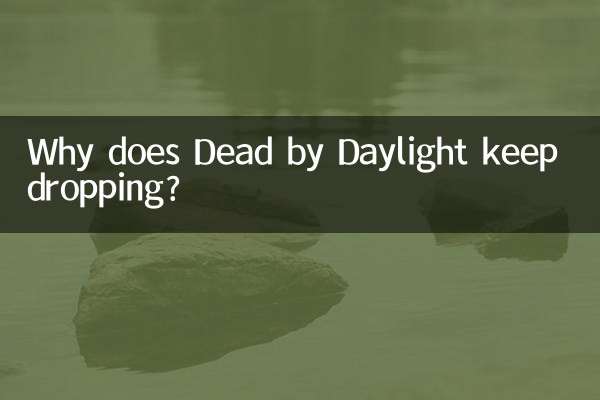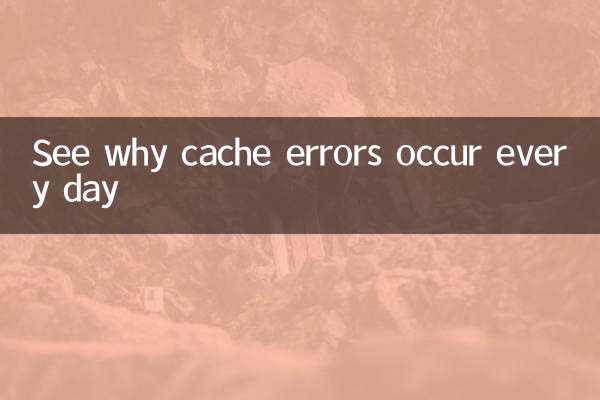Title: Why use a in front of a sky?
In English learning, the use of articles has always been one of the difficult points that many learners are easily confused about. Especially when encountering a noun like "sky", why is it sometimes preceded by "a" and sometimes not? This article will analyze this issue in detail based on the hot topics and hot content on the Internet in the past 10 days.
1. Basic usage of articles

Articles in English are divided into definite articles "the" and indefinite articles "a/an". The indefinite article "a" is used before words starting with a consonant phoneme, and "an" is used before words starting with a vowel phoneme. They all refer to something in general, referring to something uncertain.
| article type | Usage | Example |
|---|---|---|
| indefinite article a | used before words beginning with a consonant phoneme | a book, a university |
| indefinite article an | used before words beginning with a vowel phoneme | an apple, an hour |
| Definite article the | used to refer to something known | the sun, the moon |
2. Why use a before sky?
Normally, when "sky" is used as an uncountable noun, it is not preceded by an article, for example: "Look at the sky." (Look at the sky). However, in some specific cases, the indefinite article "a" will be used before "sky", mainly in the following situations:
| Usage scenarios | Example | explain |
|---|---|---|
| represents a specific sky | a clear blue sky | Emphasize a certain state of the sky |
| in poetry or literature | a starry sky | In order to create a specific artistic conception |
| When used with adjectives | a cloudy sky | emphasize a certain feature of the sky |
| Refers to a specific sky scene | a beautiful sunset sky | Refers to a specific sky scene |
3. Hot topics and content on the entire network in the past 10 days
According to recent Internet hot spots, we found that the following topics related to English learning have attracted much attention:
| hot topics | Discussion popularity | Related knowledge points |
|---|---|---|
| Detailed explanation of English article usage | high | The difference between definite article and indefinite article |
| Special cases of uncountable nouns | in | Adding a before uncountable nouns |
| Sorting out common mistakes in English | high | Common mistakes in using articles |
| English learning skills sharing | extremely high | How to master article usage |
4. How to use a sky correctly
To use "a sky" correctly, you need to master the following points:
1. When "sky" is used with an adjective to express a certain state of the sky, "a" can be used. For example: "a clear sky" (a clear sky), "a starry sky" (a starry sky).
2. You can use "a" when describing a specific sky scene. For example: "I saw a beautiful sky yesterday."
3. In poetry, literary works or artistic descriptions, "a" can be used to create a specific artistic conception. For example: "a crimson sky at dusk".
4. Under normal circumstances, if it just refers to the sky in general, there is no need to add an article, or use the definite article "the". For example: "The sky is blue."
5. Common errors and corrections
| Wrong usage | Correct usage | explain |
|---|---|---|
| I saw a sky today. | I saw the sky today. | Use the when referring to the sky generally |
| Look at a sky! | Look at the sky! | The is usually used in command sentences |
| It's a sky outside. | The sky is clear today. | Use the when describing the weather |
6. Study Suggestions
1. Read more original English works and pay attention to the usage scenarios of articles.
2. In your writing practice, consciously use different article forms.
3. When in doubt, consult an authoritative dictionary or grammar book.
4. Create your own error set to record common article mistakes.
5. Develop a sense of language usage of articles through a large amount of listening input.
In short, the use of "a sky" is a special situation in English and needs to be judged based on the specific context. I hope that through the explanation in this article, I can help you better understand and master this grammar point.

check the details

check the details